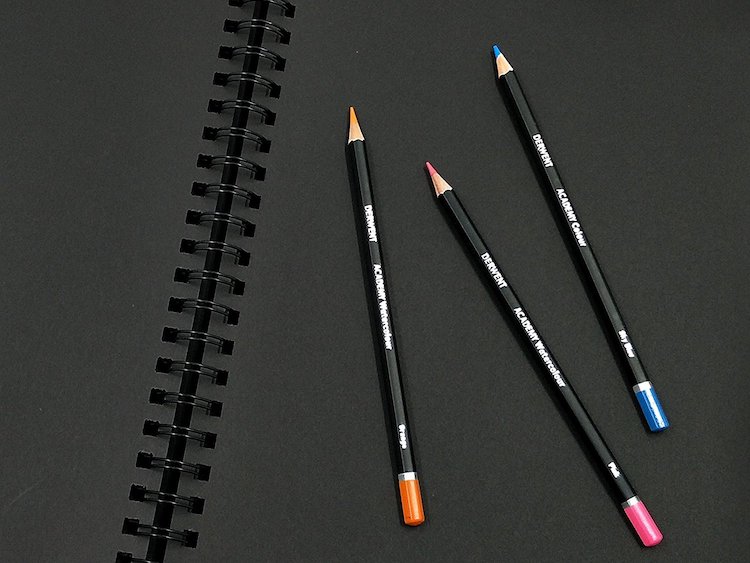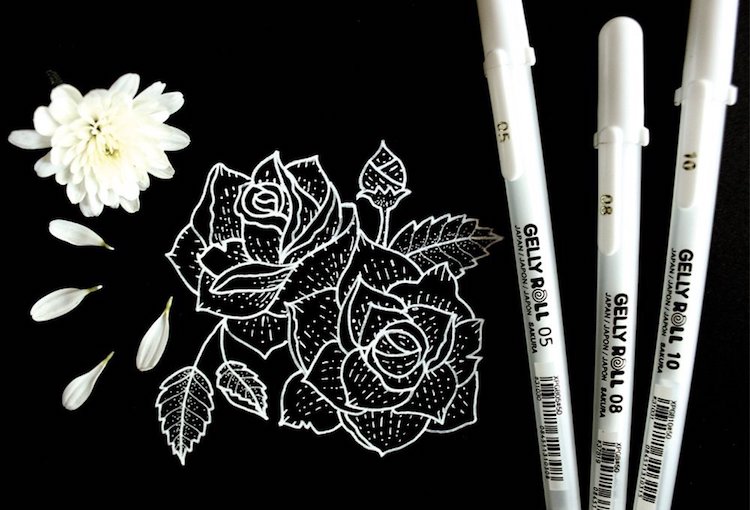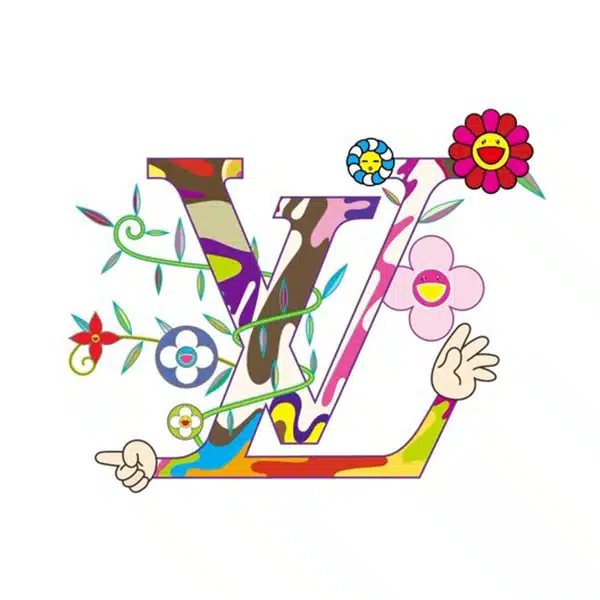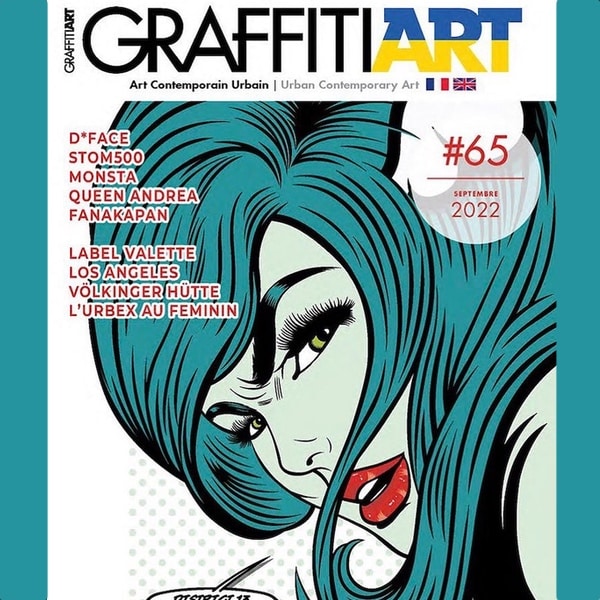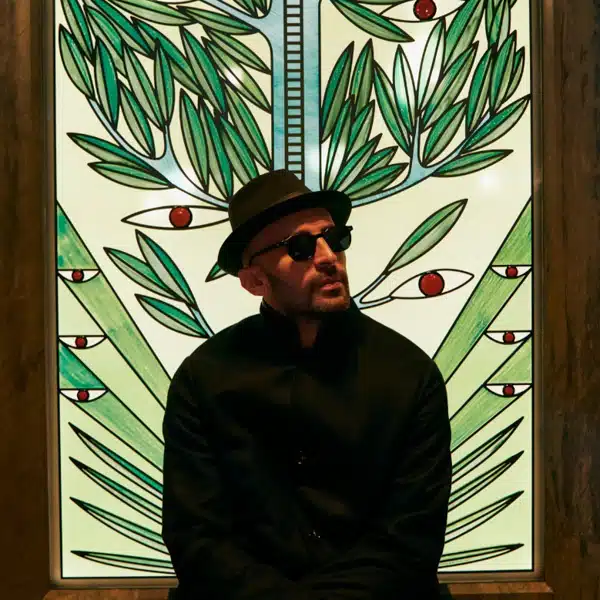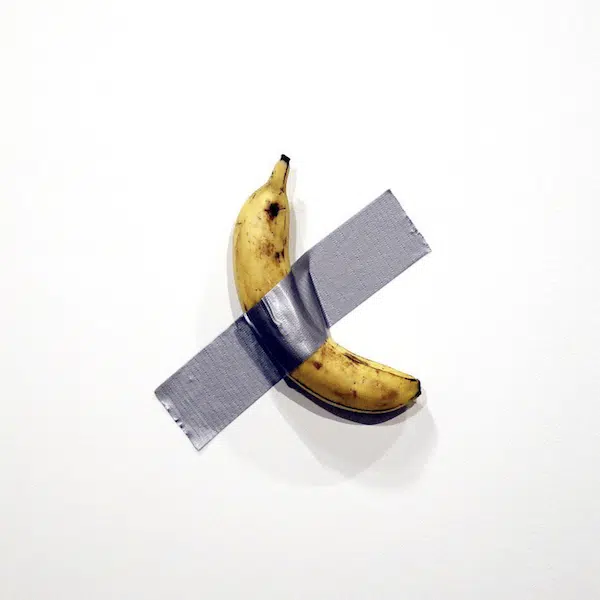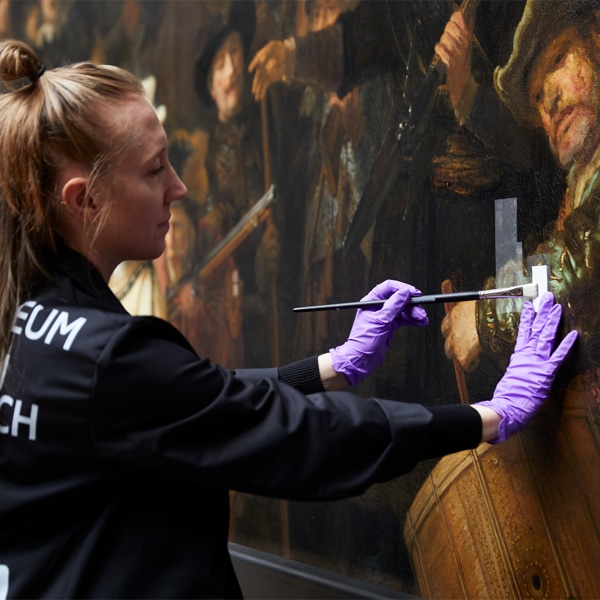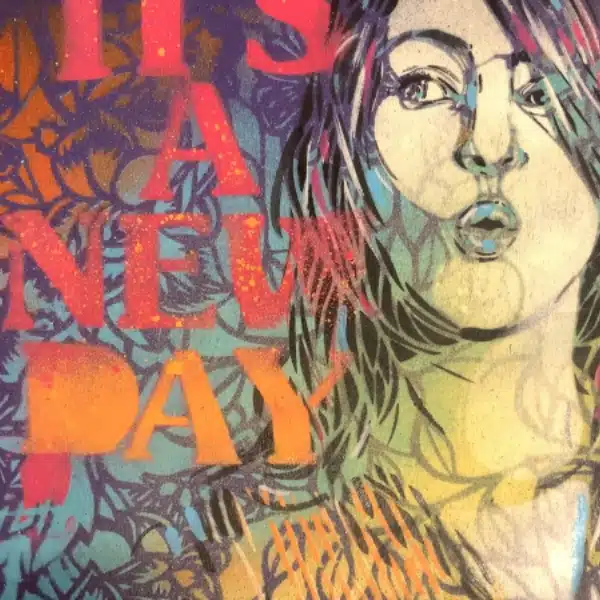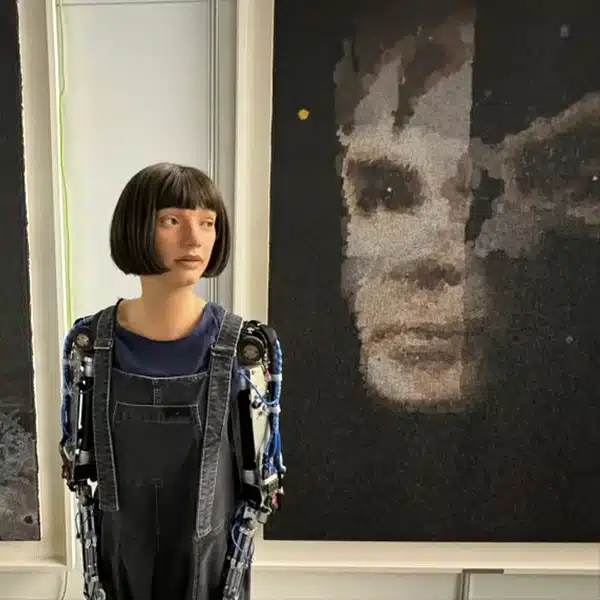View this post on Instagram
Whether you’re a seasoned hobbyist or professional artist, it’s always fun to test your skills with a creative challenge. If you’re looking for a way to shake up your art routine, why not try drawing on a different color paper? Black paper encourages you to approach your subjects differently while adding a distinctive visual quality to any artwork.
The One Technique You Need to Know With Black Paper
Drawing on black paper is essentially working in reverse. With a sketch that’s on white (or light-colored) paper, you’re typically starting with light shading and working towards deep shadows. The opposite is true when working on black paper; a dark ground is already there, so you've got to transition from pitch black to medium grey to bright white marks.
Here's a quick look at this approach in action:
Supplies for Drawing on Black Paper
You can buy entire sketchbooks and pads that only comprise black paper. This makes it easier than ever to try out the inverted technique.
- Derwent, a top art supplies brand, makes a Black Book that features heavyweight paper that’s suitable for sketching or water-based media (like gouache paints). It’s lauded for its deep black color.
- Canson, a company known for its paper, also sells a sketchbook featuring 40 sheets of fade-resistant dyed paper.
- If you’re looking for a pad of paper with easy-to-remove sheets, check out Faber-Castell’s highly-rated black paper pad.
Once you’ve got your black paper, you need to procure the right utensils for the job.
- For drawing with dry media, you’ve got many great choices. Colored pencils or white charcoal—like this set of General Pencils—is popular because you can build volume through conventional shading techniques. Simply sharpen the pencil to create fine, bright whites on the page.
- Pens will also work, but you’ll need to look for an opaque ink to ensure that they stand up to the darkness of the page. For this reason, white gel pens are best.
- Translucent colors (like watercolor) will fade into the black paper—you’ll hardly be able to see them. If you’d like to paint, try gouache. The hues have a slightly chalky appearance to them and are striking against a dark background.
